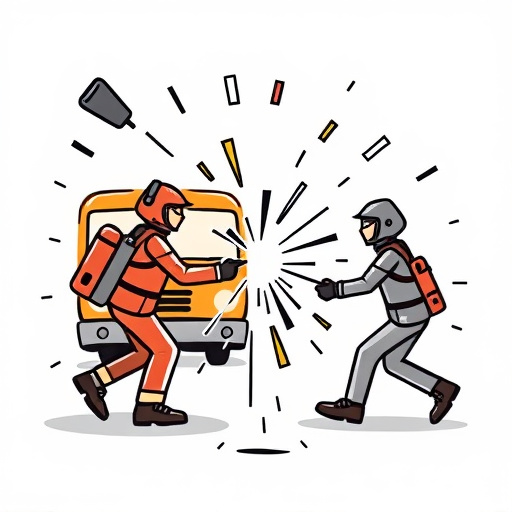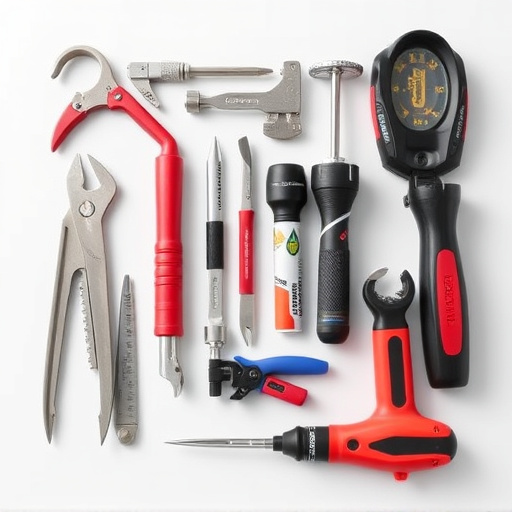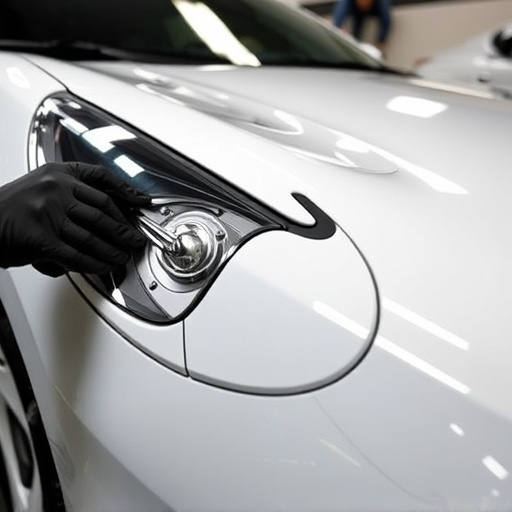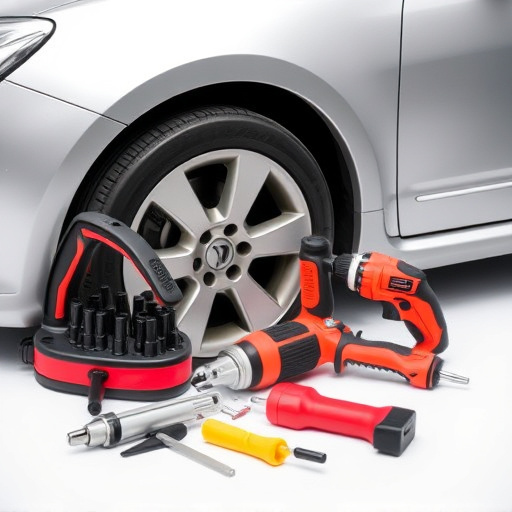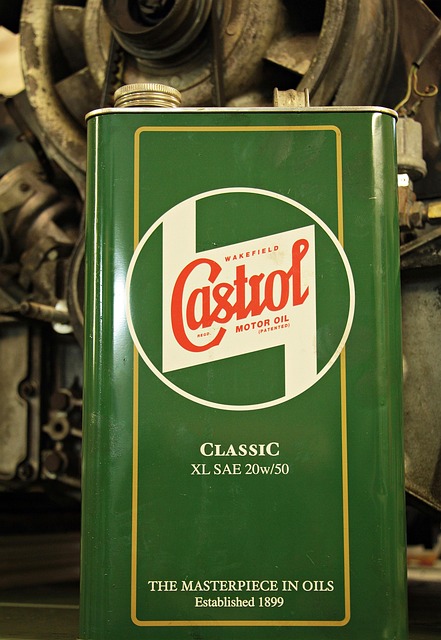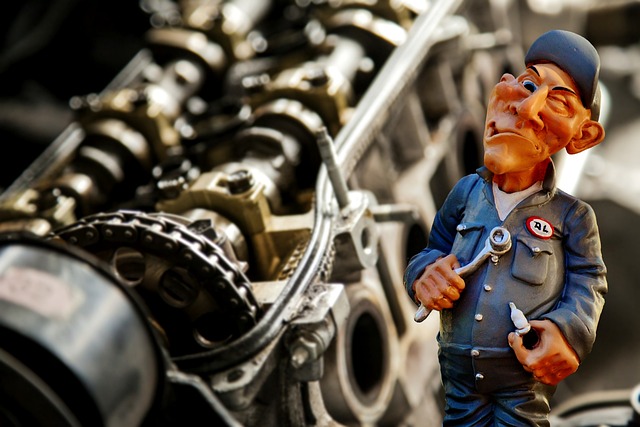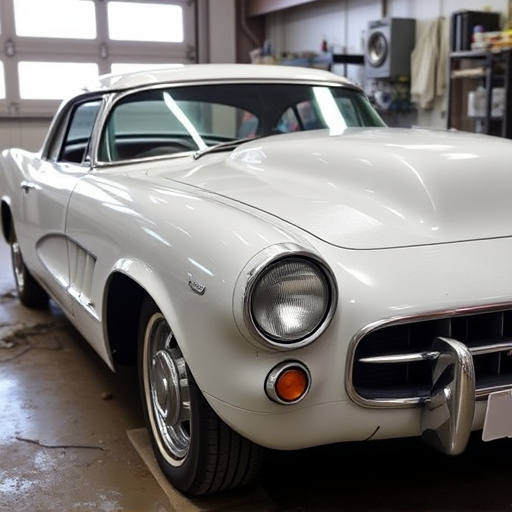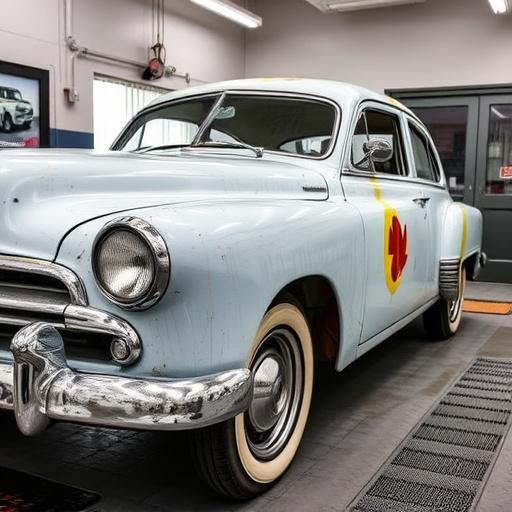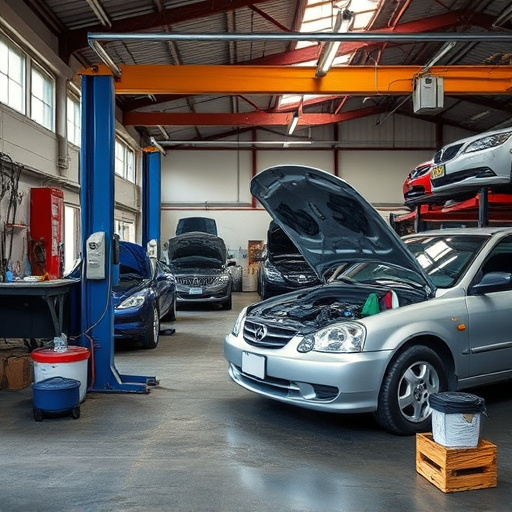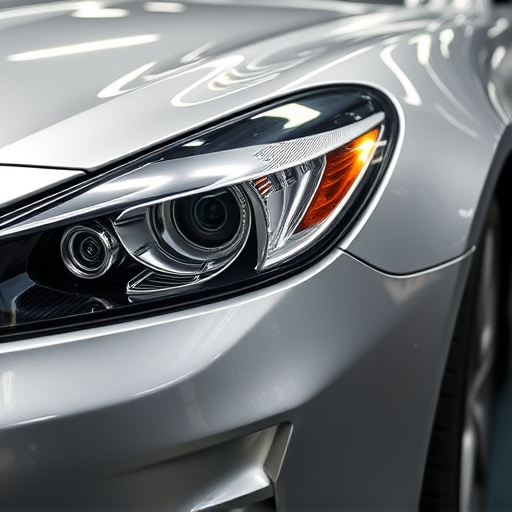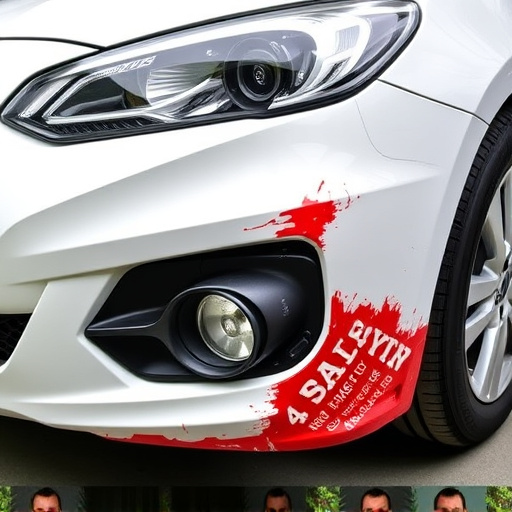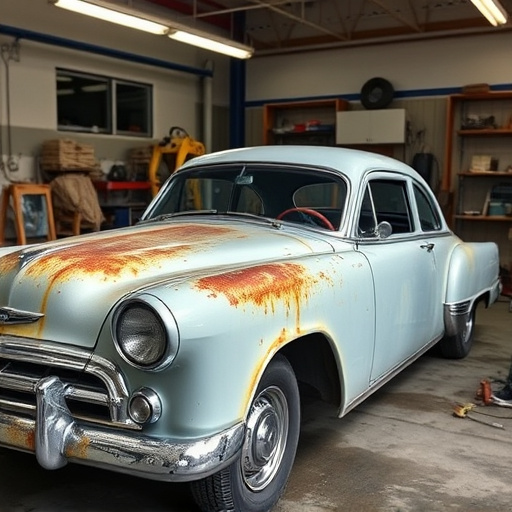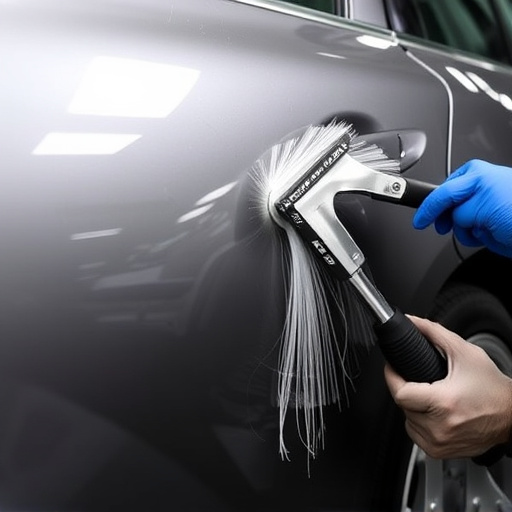The three-stage paint system offers a comprehensive auto painting solution with preparation, primer application, and topcoat finishing stages. Costs vary based on vehicle size, complexity, paint quality, applicators, and labor, with larger, intricate designs and premium materials driving up prices. Accurately estimate material costs and factor in labor charges for professional painters or DIY time requirements when budgeting.
In the realm of home improvement, a three-stage paint system offers superior durability and aesthetics. However, understanding its cost factors is crucial before embarking on any painting project. This article delves into the intricate details of three-stage paint system costs, exploring key influencers and providing effective budgeting tips to ensure your project stays on track financially. By navigating these aspects, folks can optimize their investments and achieve a vibrant, lasting finish.
- Understanding the Three-Stage Paint System Costs
- Key Factors Influencing Pricing Variations
- Effective Budgeting Strategies for Painting Projects
Understanding the Three-Stage Paint System Costs
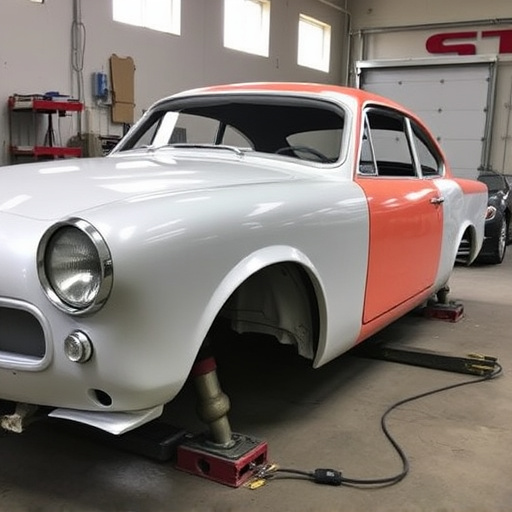
The three-stage paint system is a comprehensive approach to auto painting, ensuring a flawless finish and long-lasting protection for vehicles. Understanding its cost structure is vital when budgeting for automotive repair services or car damage repairs. This process involves three distinct stages: preparation, primer application, and topcoat finishing. Each stage requires specialized equipment and skilled labor, contributing to the overall expense.
The initial preparation phase includes surface cleaning, sanding, and priming, which are critical steps in achieving a smooth base for the paint. Automotive restoration experts may use various tools and materials during this process, impacting the cost. The primer application, often an undercoat designed to seal and protect the vehicle’s body, is another essential step that requires careful handling. Finally, the topcoat finishing involves high-quality paints and meticulous detailing to achieve a durable, glossy finish, reminiscent of the original automotive manufacturing standards.
Key Factors Influencing Pricing Variations
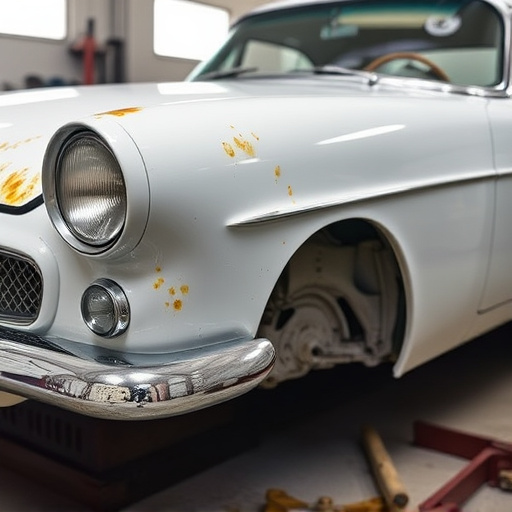
The cost of a three-stage paint system varies based on several key factors. Firstly, the size and complexity of the vehicle play a significant role; larger or more intricate designs will generally require more time and materials, driving up prices. Secondly, the quality of paints and applicators used greatly impacts the final bill. High-end equipment and top-tier paints often come with premium pricing but offer better durability and aesthetics.
Additionally, labor costs contribute substantially to the overall expense. Skilled technicians needed for a meticulous three-stage paint job, especially in specialized car paint services or automotive collision repair, can significantly influence pricing variations. Merely, a Mercedes Benz repair shop might charge differently compared to a regular auto body shop due to the brand’s reputation and the precision required for their models’ unique finishes.
Effective Budgeting Strategies for Painting Projects
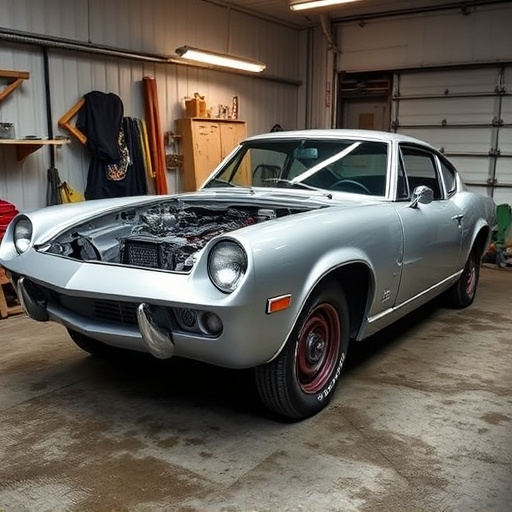
When budgeting for a painting project, especially one involving a three-stage paint system, it’s crucial to factor in every cost associated with the process. The first step is to accurately estimate material expenses, which can be influenced by factors like the size of the area to be painted and the type of paint chosen. High-quality paints or specialized finishes for specific purposes, such as corrosion resistance in auto glass replacement scenarios, can significantly impact overall costs.
Effective budgeting also involves considering labor charges, especially when engaging professional painters. For do-it-yourself (DIY) projects, don’t underestimate the time required to complete each stage of the three-stage paint system, including preparation, priming, and final coating. Time is a valuable resource, and efficient planning can save you money in the long run, even if it means initially allocating more funds for materials, especially for intricate vehicle paint repair or scratch repair tasks.
When budgeting for a painting project, understanding the intricacies of a three-stage paint system is key. By factoring in material costs, labor rates, and potential hidden expenses, you can effectively plan and allocate resources. With careful consideration of these cost drivers, coupled with strategic budgeting techniques outlined in this article, you’ll be well-equipped to manage your painting project’s finances successfully. Embrace a structured approach to budgeting, and let the three-stage paint system be your guide to achieving a seamless and aesthetically pleasing finish without breaking the bank.
